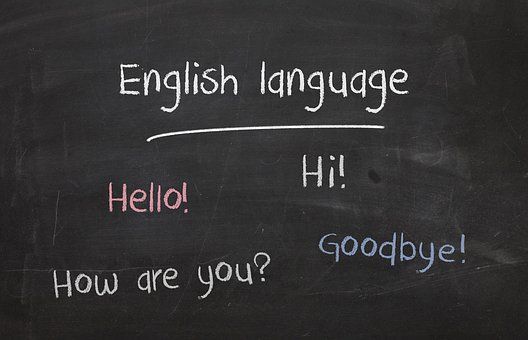
On successfully completing the course objectives at this level, learners will have the ability to name, ask for and find common products on sale at a supermarket. Using simple routines in familiar situations learners will greet people, ask for and give directions, say what they need and say goodbye in an appropriate way.
Inferring context and using interactive exercises to confirm understanding, learners will practice listening and responding to simple instructions and requests for information based on the topic.
You will be able to understand basic notices, instructions and information and complete written sentences that describe types of food, use prepositions, give instructions and say what you need.
Matching the written forms of words to the vocabulary used in conversation at supermarkets, you will practice the terms in the exercises and keep a record of the pronunciation you practice to monitor the progress you make and encourage reflection.
18 horas lectivas
0 horas prácticas
Supermarket - Useful vocabulary
After this session, learners will be able to:
- Recognize the sound and write the names of everyday items for sale in the different areas of a supermarket.
- Check understanding by responding to visual prompts and cues.
- Answer the question, What do we need?
Supermarket - Sections
After this session, learners will be able to:
- Match the names and images of more familiar items.
- Name and write more everyday items at a supermarket.
- Answer the question, What do we need?
Supermarket - Dialogues
After this lesson, learners will be able to:
- Ask for and say where items are in a supermarket.
- Follow basic conversations and directions to find the products you need.
Supermarket - Consolidation
The learner will:
- Demonstrate their learning by completing the tests based on the materials in the units.
- Check the form, sound and spelling of the terms practiced is adequate.
Supermarket - Typical situation - Every day conversations
In this section we will be reviewing typical short conversations between customers and supermarket employees used every day in a supermarket.
Supermarket - Dialogue - Where can I find...?
In this dialogue we will study typical questions asked by customers looking for items in the supermarket.
Supermarket - Food & Supermarket Areas
In this introductory lesson, students will be exposed to general supermarket areas through interactive methods. There is practice of vocabulary both the written and spoken exercises. Students will be able to reference vocabulary definitions and sample sentences of how the vocabulary word is used. Vocabulary includes – butcher, costermonger, deli.
Supermarket - Typical everyday vocabulary I
In this first of two lessons, students will be introduced to the essential structures and everyday vocabulary necessary for job functions, the learner is encouraged to practice pronunciation from the very beginning. They will view content in a series of interactive exercises to promote vocabulary learning and understanding, and for reference students will have access to vocabulary definitions which are then further reinforced by sentences showing common word usage in a sentence. To enhance vocabulary knowledge, exercises through various methods such as multiple choice and fill in the blank are used to confirm understanding.
Supermarket - Typical everyday vocabulary II
In this second of two lessons, student will continue being introduced to essential everyday vocabulary presented through interactive methods. As before, student will have access to sentence definitions and see how they are used in sentences. Students will also respond to exercises to confirm understanding of these additional vocabulary words.
Supermarket - Typical situation - Making a list for the supermarket / At the supermarket
In this lesson the student will practice their understanding and comprehension by listening and following along with a typical situation in a real life situation. We will be listening to two people planning a party and writing a shopping list.
In our second typical situation, we will be following one of the two people from the first typical situation and his experience at the supermarket.
Supermarket - Dialogue - Typical purchases
In this lesson the student will work their freeform speaking by answering questions related to the supermarket, buying habits, and general vocabulary usage from the course.
Supermarket - Consolidation
This activity will further reinforce vocabulary understanding. Students will review all vocabulary from the course in a series of interactive exercises. This will test vocabulary comprehension and enhance vocabulary usage.